As you know, here at The United Nations Cultural Reform Unit we have embarked on a major project to remake the so-called film classics of the past, which are really nothing but imperialist, racist and misogynistic relics, and turn them into genuine classics more attuned to our egalitarian, diversity-based and climate change-oriented age. Already, our groundbreaking work on refashioning the divisive, male-dominated Casablanca into the more inclusive Casabeige has received three nominations for a Golden AK-47 at the Havana Film Festival. And our rewrite of Goodbye, Mr Chips to become a vigorous denunciation of the wood chip industry and the destruction of the Amazon rainforests, is now on the 100 best films list at the New York Times. But it is our most recent project that has given us the most satisfaction. The source of our inspiration this time is Alfred Hitchcock’s so-called masterpiece of 1963, The Birds, which was in our view little more than a hymn of praise to the animal-hating, misogynistic era that we have fortunately left far behind us and a film that screamed out for reconstruction. Even the title, The Birds, is a smarmy exercise in dog-whistling, evoking centuries of branding womin disparagingly as ‘birds’ and leading inexorably to the even more demeaning ‘chicks’ and ‘babes’. Indeed, the film scarcely runs for five minutes before the leading lady, played by Tippi Hedren, is sashaying down a San Francisco street in her high heels when she receives a wolf-whistle from a construction worker and is obliged to brush it off as good-natured badinage, as all womin were expected to do in those days. The Birds is the story of marauding packs of allegedly man-eating seagulls, crows, blackbirds and swallows that terrorise the innocent citizens of a Californian fishing village with an all-white population, pecking and gnawing away at any human flesh they can get their claws into and plucking out the eyes of female school teachers and old-age pensioners. Even boarding up the houses cannot stop them, as they fly down chimneys to devour the hapless villagers.
Three themes are developed as the film progresses. First, why are the birds doing this? There is no plausible explanation for the horror that is unfolding before our eyes. Secondly, for want of a logical explanation, the humans blame the birds, when it is obvious that earthlings themselves are responsible for destroying the avian habitat and inflicting on these innocent creatures the horror of man-made climate change which has provoked the birds into retaliation. Not a skerrick of regard is given to the fact that birds were on the Earth for 156 million years before mankind put its ugly footprint on the virgin planet and destroyed the delicate eco-system in which birds had previously lived in harmony with all of nature. And the third theme is that in times of crisis, a man has to take control, as Rod Taylor purports to do by taking a swooning Hendren in his arms, carrying her through a mass of seagulls waiting to have her for supper and drives off into the sunset.
You can see, therefore, that this appalling film is a mass of thinly-veiled propaganda that promotes animal cruelty, the blaming of innocent creatures for the crimes of humans, the destruction of the natural habitat (probably on native title) and the misogynistic posturing of men.
We would be failing in our cultural mission if we let it stand unchallenged and we have therefore written a new screenplay that gives the bird its proper place in the delicate ecosystem. Our story opens at a vegan hippie colony in the Gallilee Basin of Queensland. The people are despondent, for approval is about to be given for the construction of a massive open cut coal mine named Adani which will kill the Great Barrier Reef, destroy the delicate eco-balance, uproot First Nations, and destroy the planet. What is left of a protest movement is led by a delightful, mixed-heritage transitioning lassie known only as Lisa who has just returned from a gap year in Sweden studying civic resistance.
All seems lost, when she notices a small black-throated finch and asks herself what will become of the little creature when the bulldozers move in and destroy its pristine habitat? (Cutaway to destructive land clearing). A crusty old local ornithologist says the delicate creature might be the last of its breed. Lisa sets up a foundation and with strong support from the activist groups Throw Up! and Hedge Fund Wives, forces the state government to defer the decision on approving the mine for 10 years, so the finch colony can be counted and protected. Until then, the project must stop. (Five years later.)Vicious capitalist forces have punished the region by foreclosing on businesses; banks stop lending to the locals; people drift away; unemployment hits a 100 year high; Indian power stations will now buy coal from Brazil.
‘What are we going to do now?’, the mayor asks. The local MP goes to Canberra and has the federal government identify six new growth industries for the region and wins its agreement to pay their wages bills: tattoo and body piercing; Thai massages; eyebrow and fingernails; indigenous film-making; astrology; and consulting economics. But the real triumph is that the Adani mine has been stopped, the Great Barrier Reef lives on and the finch has been saved. (Cutaway to Lisa cuddling a finch). A wicked Murdoch journalist sarcastically asks Lisa: ‘Is this the only one you found?’ Worse, Sky News cuts out her reply, that there was at least one more finch found in the next valley. But Lisa goes on Q&A and the true story finally comes out: the story of one transitioning girl and the finch that saved Queensland. A fitting revenge for The Birds.
Got something to add? Join the discussion and comment below.
Get 10 issues for just $10
Subscribe to The Spectator Australia today for the next 10 magazine issues, plus full online access, for just $10.
You might disagree with half of it, but you’ll enjoy reading all of it. Try your first month for free, then just $2 a week for the remainder of your first year.


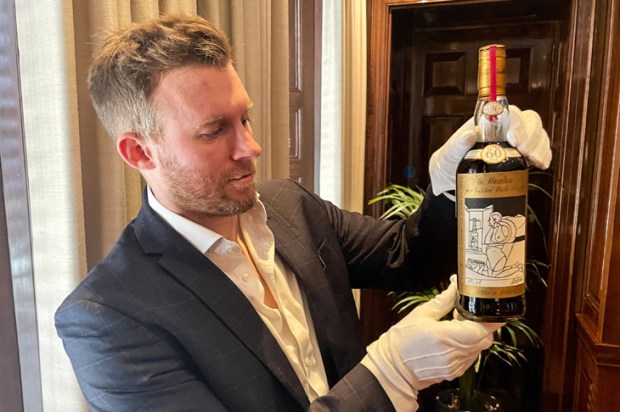

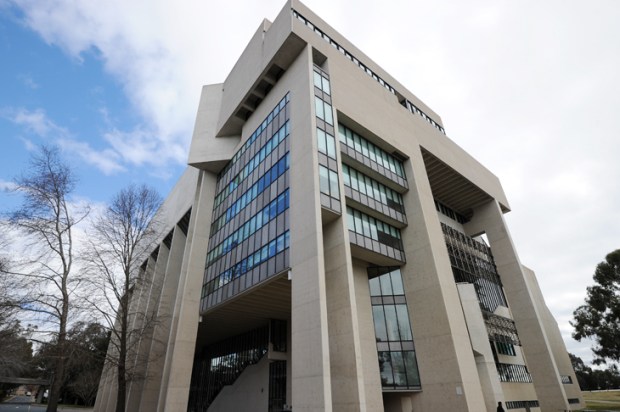
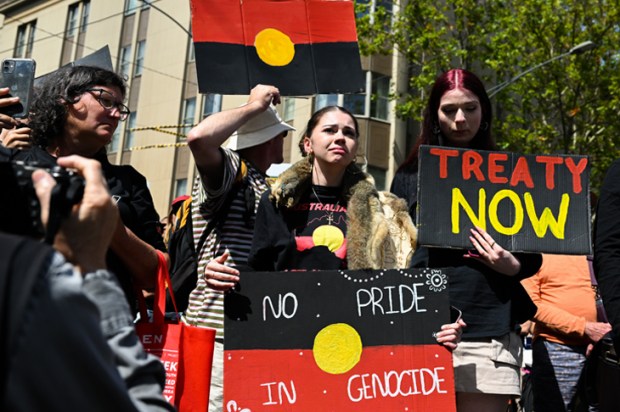
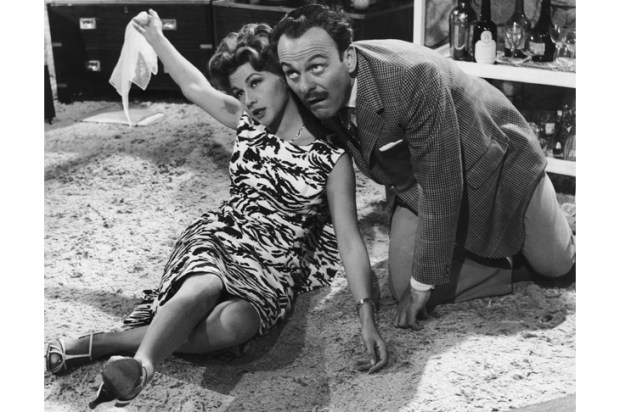
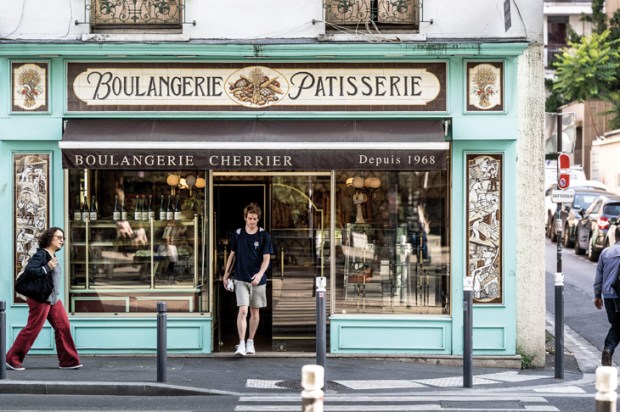






Comments
Don't miss out
Join the conversation with other Spectator Australia readers. Subscribe to leave a comment.
SUBSCRIBEAlready a subscriber? Log in